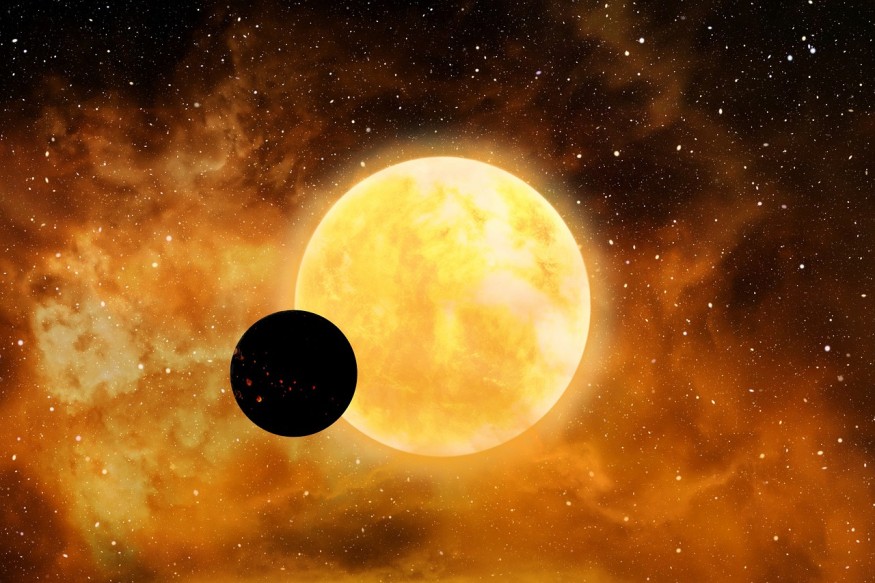Astronomers have discovered an exoplanet whose orbit is degrading as it circles an old star. As per SciTech Daily, the unfortunate planet was first found by the Kepler Space Telescope but is now on a collision course with its growing star, which will finally destroy it. Many planets, including Earth, are thought to face the fate of being swallowed by a star in around 5 billion years.
Experts said that the exoplanet Kepler-1568b has fewer than 3 million years until it collides with its parent star. Ashley Chontos, the Henry Norris Russell Postdoctoral Fellow in Astrophysics at Princeton explained that the discovery gives insight into the fate of other planets and their star systems.

History of Kepler-1658b's Discovery
NASA's now-retired Kepler Space Telescope started its nine-year operations in 2009 to identify planets circling other stars. Inverse reports that the first probable exoplanet it discovered was a gas giant 2,600 light-years away orbiting an aged subgiant star. A decade later, researchers determined that Kepler's first candidate was a genuine exoplanet, naming it Kepler-1658b.
The exoplanet is essentially a denser Jupiter, which is six Jupiters worth packed into a ball about 1.1 times the size of the gas giant. It is tidally locked to its star, which means that the planet spins one full turn after completing a circuit around the star, ensuring that the same side of the planet is constantly facing the star.
It is similar to how the Moon is tidally locked to Earth and only one side is constantly observable from the planet's surface. But now, it seems that the first exoplanet Kepler Space Telescope discovered is a doomed world.
Astronomers have been watching Kepler-1658b for over a decade as it passes between Earth and its star once every two weeks. They noted that its orbit is gradually shortening and every year, the gas giant takes 131 milliseconds less time to complete a lap around its star.
That implies the planet's orbit tightens just slightly each year, which means Kepler-1658b will crash with its aging subgiant star in roughly 2.5 million years if it continues
This is the first time astronomers have been able to measure tiny changes in a planet's orbit and know they were watching a planet on its way to colliding with its star.
READ ALSO : Astronomers Found Two Possible Water Worlds Orbiting a Red Dwarf Star 218 Light-Years Away
Kepler-1658b's Orbital Decay Due to Tides
According to the press release via the Harvard Gazette, the primary source of Kepler-1658b's orbital degradation is tides, the same mechanism that causes the daily rise and fall of Earth's seas.
Gravitational interactions between two things in orbit, such as Earth and the Moon, or Kepler-1658b and its star, generate tides. Tidal interactions can result in bodies pulling away from each other, as with Kepler-1658b toward its star, depending on the distances between, sizes, and rotation speeds of the bodies involved.
However, there is still a lot that academics don't know about the processes in star systems. As a result, additional research into the Kepler-1658 system should be beneficial.
The findings, of the study, titled "The Possible Tidal Demise of Kepler's First Planetary System" published in The Astrophysical Journal Letters, help explain an inherent anomaly in Kepler-1658b, which seems brighter and hotter than predicted.
RELATED ARTICLE: NASA Researchers Bring Exoplanets to Life in Kepler Style
Check out more news and information on Exoplanets in Science Times.











